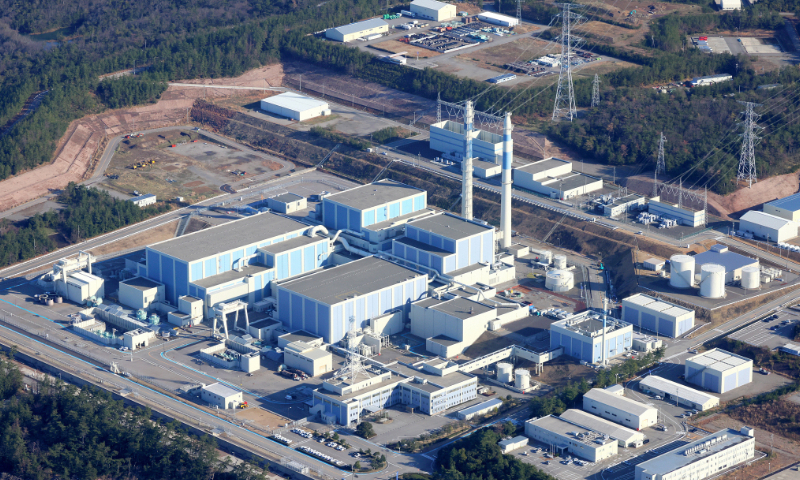Long-term trajectory of China’s development remains promising: Chinese ambassador to UK

The long-term trajectory of China’s development remains promising. Betting against China has never succeeded in the past, and will not succeed in the future, China's Ambassador to the UK Zheng Zeguang said recently in a keynote speech delivered at the Asia House Annual Outlook 2024 Launch in London.
On China’s economy, Zheng said that the year 2023 saw China continue to be a key engine for the world economy. Despite various challenges, China’s GDP grew by 5.2 percent year-on-year, ranking among the fastest of the world's major economies, according to a statement released by the Chinese Embassy in the UK on Wednesday.
Internal drivers were stronger, and domestic demand contributed more than 110 percent to growth. Even with weak external demand, China’s total import and export of goods rose by 0.2 percent. In the first 11 months of last year, the number of newly established foreign-invested enterprises in China grew by over 36 percent year-on-year.
And, China’s economy has become more digitalized and greener, Zheng noted.
Investment in high-tech industries expanded by 10.3 percent, and foreign demand for “the new three,” namely, new-energy vehicles, lithium-ion batteries and photovoltaic products grew rapidly, and their exports exceeded 1 trillion yuan ($140 billion) for the first time. China's contribution to global economic growth once again exceeded 30 percent.
Zheng emphasized that all these conveyed a clear message to the world that betting against China has never succeeded in the past, and will not succeed in the future.
In 2023, China's annual GDP reached 126.06 trillion yuan, registering a 5.2 percent growth compared to the previous year. Facing global headwinds, the country’s economy demonstrated resilience and rising momentum, achieving a new milestone in overall economic development.
Certain foreign media outlets have attempted to paint a negative picture of the Chinese economy, claiming that it is “in serious trouble.” Facts speak louder than words, and these compelling economic data highlighted the strong internal dynamics of the world's second-largest economy.
On the path of China’s development, Zheng pointed out that there will still be headwinds in 2024, but the long-term trajectory of China’s development remains positive.
China’s confidence comes from at least five areas, Zheng said. “First, China’s strong political leadership and the consistency of major policies; second, the demand generated by a supersize market of more than 1.4 billion people, in particular, a middle income group that is 400 million strong; third, the supply supported by a fully-fledged industrial system.”
And, China is the only country with industrial lines across all categories in the UN industrial classification; fourth, abundant talent, capital, and data resources; and fifth, innovation underpinned by the rapid development of high-tech industries. China is now home to about 400,000 high-tech enterprises, and the number of unicorn companies in the country ranks second globally, Zheng said.
Citing Chinese Premier Li Qiang’s recent speech at Davos 2024, Zheng stressed that China is firmly committed to high-standard opening up.
As a major trading partner of over 140 countries and regions, China has cut its overall tariff level to 7.3 percent. In the recent five years, the return rate of foreign direct investment in China has been around 9 percent, which is quite competitive globally.
In the following five years, China is forecasted to import $17 trillion worth of goods and services. The country will continue to foster a market-oriented, law-based and world-class business environment. “The door will open even wider to the world, and businesses from all countries including the UK, are welcome to expand cooperation in Chinese market,” Zheng said.







